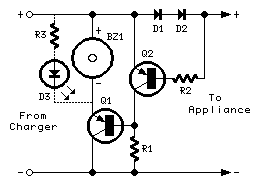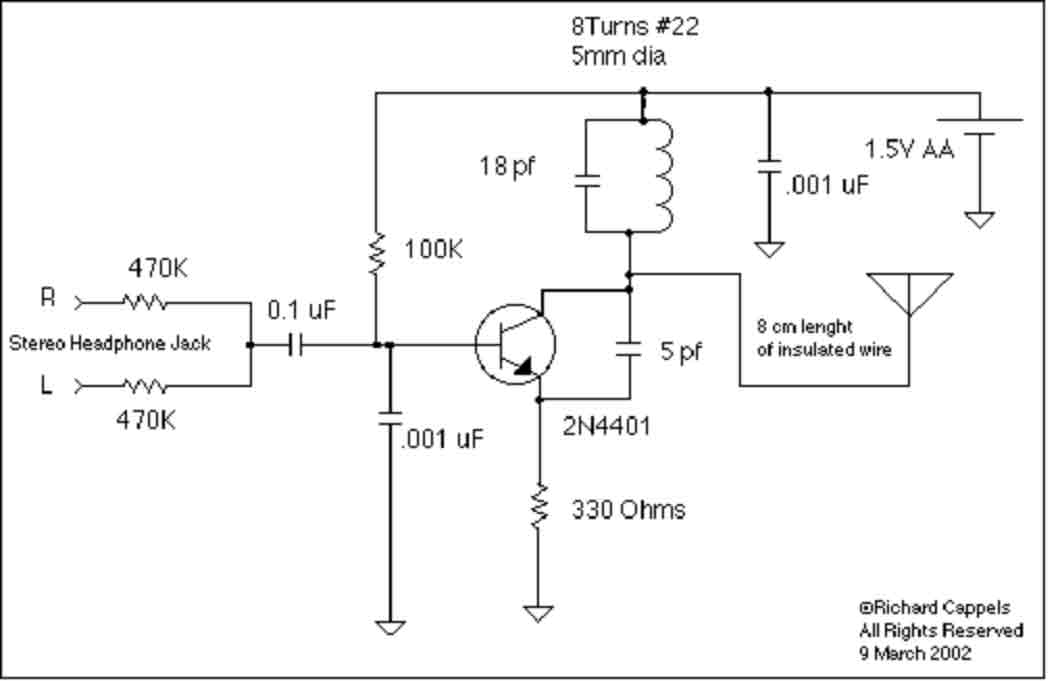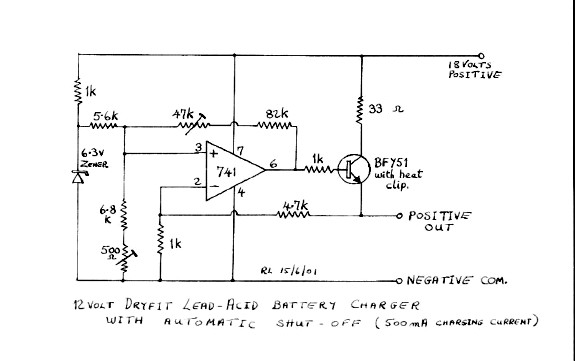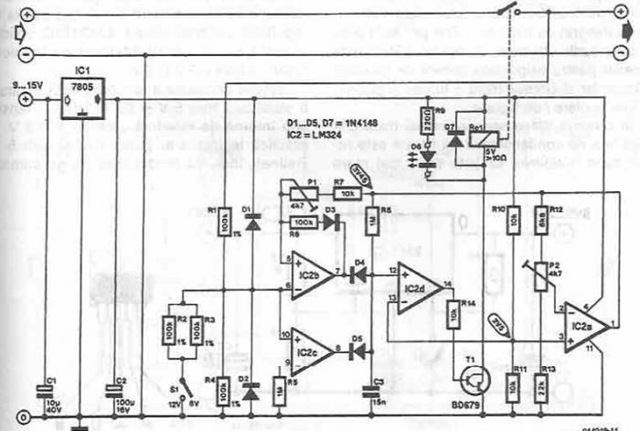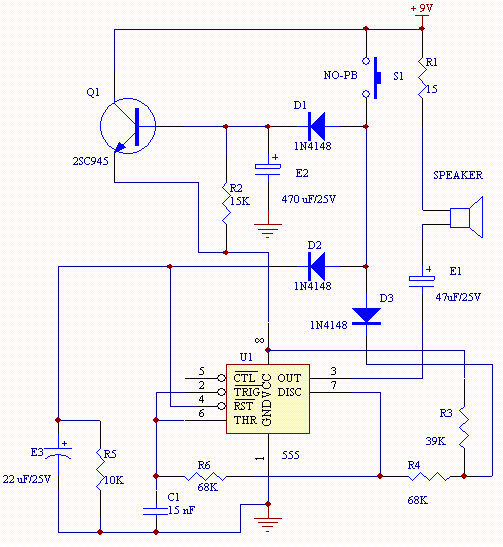
Automotive Battery Charger Project

This automotive battery charger project is designed to charge 12V electrolyte lead-acid batteries.
The automotive battery charger circuit is engineered to efficiently charge 12V lead-acid batteries, which are commonly used in vehicles. The design typically incorporates several key components, including a transformer, rectifier, voltage regulator, and various protection circuitry to ensure safe and effective charging.
The transformer steps down the input AC voltage to a lower AC voltage suitable for charging the battery. The output from the transformer is then fed into a rectifier, usually a bridge rectifier configuration, which converts the AC voltage to pulsating DC. This pulsating DC is then smoothed out using filter capacitors to provide a more stable DC output.
To regulate the charging voltage and prevent overcharging, a voltage regulator is implemented. This component ensures that the output voltage remains within the safe charging limits for the lead-acid battery, typically around 14.4 to 14.7 volts for a fully charged state. The regulator may be a linear type or a switching regulator, depending on the efficiency requirements of the design.
Additionally, the circuit may include protection features such as fuses or circuit breakers to prevent overcurrent conditions, as well as thermal protection to guard against overheating. An LED indicator may also be included to provide visual feedback on the charging status, signaling when the battery is charging or fully charged.
Overall, the automotive battery charger circuit is designed to deliver a reliable and safe charging solution for 12V lead-acid batteries, ensuring longevity and optimal performance in automotive applications.This automotive battery charger project is designed to charge 12V electrolyte lead acid batteries. .. 🔗 External reference
The automotive battery charger circuit is engineered to efficiently charge 12V lead-acid batteries, which are commonly used in vehicles. The design typically incorporates several key components, including a transformer, rectifier, voltage regulator, and various protection circuitry to ensure safe and effective charging.
The transformer steps down the input AC voltage to a lower AC voltage suitable for charging the battery. The output from the transformer is then fed into a rectifier, usually a bridge rectifier configuration, which converts the AC voltage to pulsating DC. This pulsating DC is then smoothed out using filter capacitors to provide a more stable DC output.
To regulate the charging voltage and prevent overcharging, a voltage regulator is implemented. This component ensures that the output voltage remains within the safe charging limits for the lead-acid battery, typically around 14.4 to 14.7 volts for a fully charged state. The regulator may be a linear type or a switching regulator, depending on the efficiency requirements of the design.
Additionally, the circuit may include protection features such as fuses or circuit breakers to prevent overcurrent conditions, as well as thermal protection to guard against overheating. An LED indicator may also be included to provide visual feedback on the charging status, signaling when the battery is charging or fully charged.
Overall, the automotive battery charger circuit is designed to deliver a reliable and safe charging solution for 12V lead-acid batteries, ensuring longevity and optimal performance in automotive applications.This automotive battery charger project is designed to charge 12V electrolyte lead acid batteries. .. 🔗 External reference
